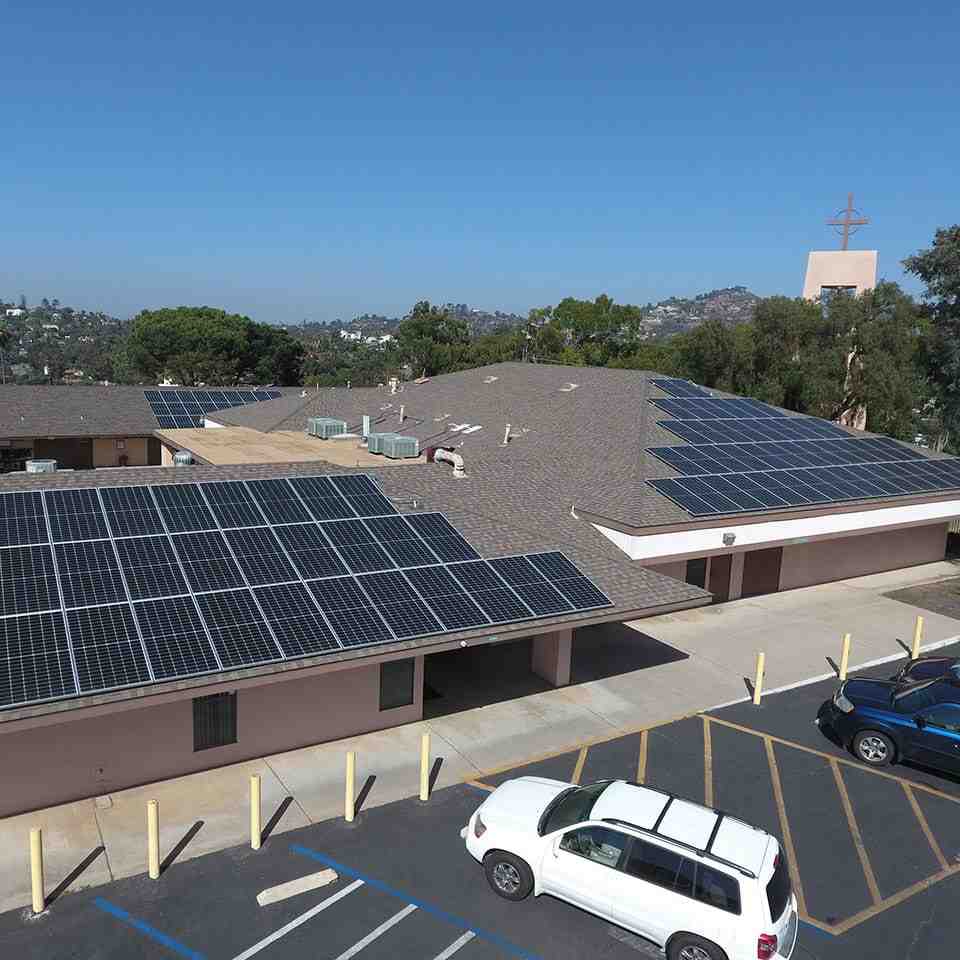May 9 of last year should have been a typical day for solar power in West Texas. But around 11:21 a.m., something went wrong.
Large amounts of solar capacity went offline unexpectedly, apparently triggered by a fault in the grid connected to a natural gas plant in Odessa, according to the Electric Reliability Council of Texas (ERCOT). The loss of solar output represented more than 13 percent of the total solar capacity at the time in the ERCOT grid region, which covers most of the state.
While all the solar units came back online within six minutes, the incident highlighted a persistent challenge for the power sector that experts warn must be addressed as clean energy resources continue to displace fossil fuels.
“Like in Texas, we’re seeing this big boom in solar technology pretty quickly,” said Ryan Quint, director of engineering and safety integration at the North American Electric Reliability Corporation (NERC). “And now we’re seeing very big disruptions out of nowhere.”
Across the United States, carbon-free resources make up a growing portion of the electricity mix and the vast majority of proposed new generation. This past summer, solar and battery storage systems helped keep the lights on in Texas and California as grid operators struggled with high power demand driven by extreme heat, according to grid experts.
Although last year’s disturbance near Odessa was unusual, it was not an isolated incident. If the industry and regulators do not act to prevent future renewable energy “trip” events, such incidents could trigger a blackout if they are widespread enough and damage the public’s perception of renewable energy, experts say.
The tripping event in Texas – which covered over 500 miles – and other, similar incidents have been tied to inverters, which convert electricity generated by solar, wind and battery storage systems into power used on the grid. Conventional generators – fossil fuel power plants, nuclear power plants and hydroelectric dams – do not require inverters because they generate power differently.
“We have to rely more and more on inverter technology, so it’s becoming more and more critical that we don’t have these systemic reliability risk issues, like unexpected tripping and unexpected performance,” Quint said.
Renewable – or “inverter-based” – resources have valuable attributes that conventional generators lack, experts say. They can ramp up and down much faster than a conventional power plant, so outage incidents usually last no more than a few minutes.
But inverters must also be programmed to behave in certain ways, and some have been designed to go offline in the event of an electrical failure, rather than cycle through, said Debra Lew, associate director of the nonprofit Energy Systems Integration Group.
“[Programming] gives you a lot of room to play,” Lew said. “You can do all kinds of crazy things. You can do great things, and you can do terrible things.
When solar and wind farms emerged as major players in the energy industry in the 2000s and 2010s, it may have made sense to program their inverters to go offline temporarily in the event of a failure, said Barry Mather, chief engineer at the National Renewable Energy Laboratory (NREL).
Faults can be caused by downed power lines, lightning or other, more common disturbances. The response of the inverter-based resources was intended to prevent equipment from being damaged, and it initially had little consequence for the grid as a whole, since renewables made up such a small part of the grid at the time, noted Mather.
While Quint said progress is being made to improve inverters in Texas and elsewhere, others are less optimistic that the industry and regulators are currently treating the issue with the urgency it deserves.
“The truth is, we’re not really making progress in terms of a solution,” Mather said. “We fix things for one event, and then the next event happens quite differently.”
‘New paradigm’ for renewables?
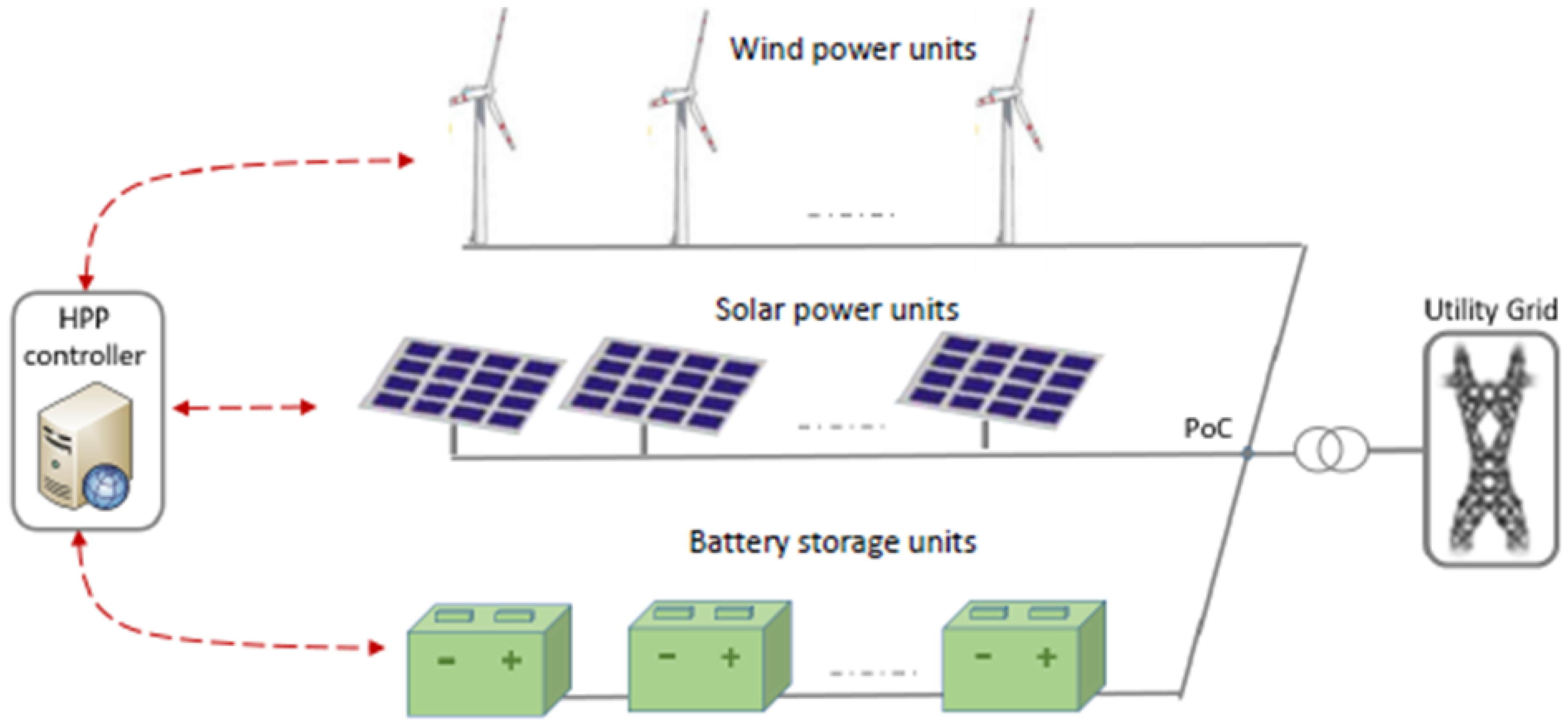
NERC has been sounding the alarm about the threat of inverter-based resource tripping for over six years. See the article : Molecular coating enhances organic solar cells. But the organization’s recommendations to transmission owners, inverter manufacturers and others on how to fix the problem have not been universally accepted.
In August 2016, smoke and heat from an active wildfire in San Bernardino County, California, caused a series of electrical failures on nearby power lines. That triggered several inverters to disconnect or momentarily stop injecting power into the grid, leading to the loss of nearly 1,200 megawatts of solar power, the first documented widespread outage incident in the United States
More than half of the affected resources in the California event returned to normal output within about five minutes. Still, the trip phenomenon was considered a “significant concern” for the California grid operator at the time, NERC said in a 2017 report on the incident.
The perception surrounding some of the early incidents was that the affected solar units were relatively old, with inverters that were less sophisticated than those installed today, said Ric O’Connell, executive director of GridLab, a nonprofit research group focused on the power grid. That’s why last year’s disturbance near Odessa caused a stir, he said.
“It’s to be expected that there are some old legacy plants in California that are 10, 15 years old and may not be able to keep up with modern standards,” O’Connell said. “But [the] Texas plants are all pretty much brand new.”
After the May 2021 Odessa outage, ERCOT contacted the owners of the affected solar plants — which were not publicly named in reports issued by the grid operator — to try to determine what programming malfunctions or factors caused them, NERC’s Quint said. . Earlier this year, ERCOT also established an inverter-based resource task force to “assess, review and recommend improvements and mitigation activities” to support and improve those resources, said Trudi Webster, a spokeswoman for the grid operator.
Nevertheless, the issue resurfaced in Texas this summer, again in the Odessa area.
On June 4, nine of the same solar units that went offline in the May 2021 event once again stopped generating power or reduced power output. Dubbed the “Odessa Outage 2” by ERCOT, the June incident was the largest documented inverter-based tripping event to date in the United States, involving a total of 14 solar installations and resulting in a loss of 1,666 megawatts of solar power.
NERC has advocated for several fixes to the problem. On the one hand, transmission owners and service providers need to improve connection requirements for inverter-based resources, Quint said. In addition, the Federal Energy Regulatory Commission should improve interconnection agreements across the country to ensure they are “appropriate and applicable to inverter-based technology,” Quint said. Finally, mandatory reliability standards established by NERC must be improved, a process that continues, he said.
A challenge in addressing the problem appears to be competing interests for various parties in the industry, according to NREL’s Mather. Because outages can essentially be a defense mechanism for solar, wind or battery units that could be damaged by a fault, some power plant owners may be wary of policies that require them to ride through any fault, he said.
“If you’re an [independent system operator], you’d rather these plants never travel offline, they should cycle through everything,” Mather said. “If you’re a plant owner and operator, you’re a little leery of it because it puts your equipment at risk or at least potentially at risk where you experience damage to your PV inverter systems.”
Also, some renewable energy facility owners may mistakenly assume that the facilities they own do not require much maintenance, according to O’Connell. But with the sun now making up an increasingly large part of the overall electrical resource mix, that way of thinking needs to change, he said.
“Now that the industry has grown up and we have 100 megawatt [solar] plants, not 5 kilowatt plants, we have to switch another paradigm,” he said.
Sean Gallagher, vice president of state and regulatory affairs at the Solar Energy Industries Association, emphasized that tripping incidents cannot be solved by developers alone. It’s also crucial for transmission owners “to ensure that inverters are properly configured as more inverter-based resources come online,” Gallagher said.
“With cleaner energy projects on the grid, the physics of the grid is changing rapidly, and energy project developers, utilities and transmission owners all need to play a role when it comes to systemwide reliability,” Gallagher said in a statement.
Overall, the industry would support “workable modeling requirements” for solar and storage projects as part of the interconnection process — or, the process by which resources connect to the grid, he added.
‘Not technically possible’
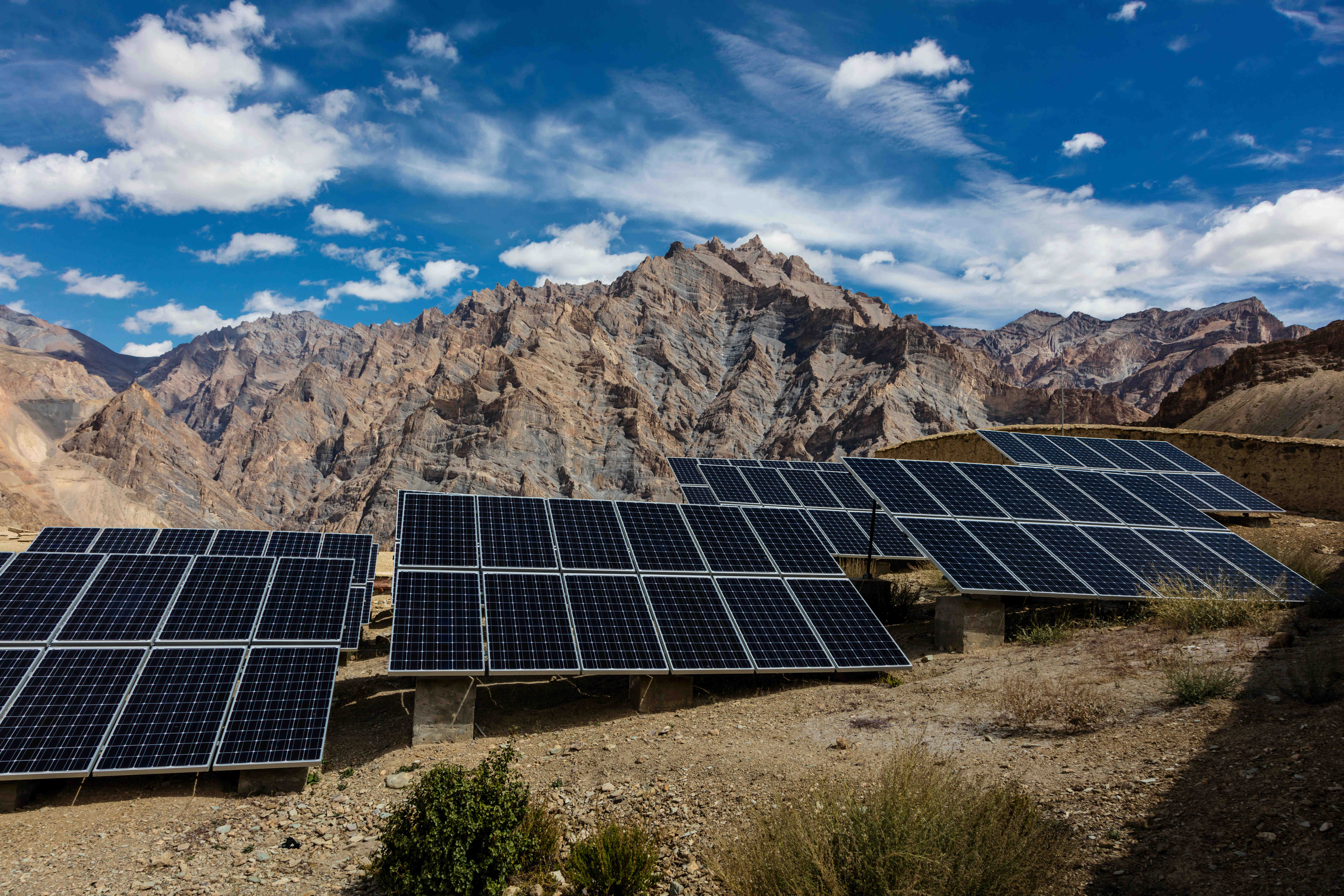
The tripping challenge has not gone unnoticed by federal agencies as they work to prepare the grid for a rapid infusion of clean energy resources — a trend driven by economics and climate policy, but turbocharged by the recent passage of the Inflation Reduction Act. See the article : Another type of solar energy is getting attention.
Last month, the Department of Energy announced a new $26 million funding opportunity for research projects that can demonstrate a reliable power system powered entirely by solar, wind and battery storage resources. A goal of the funding program is to help demonstrate that inverter-based resources can do everything needed to keep the lights on, which the agency described as “a key barrier to the clean energy transition.”
“Because new wind and solar generation are connected to the grid through power electronic inverters, they have different characteristics and dynamics than traditional generation sources that currently provide these services,” DOE said in its funding memo.
FERC also proposed a new rule that builds on existing NERC recommendations. As part of a major proposal to update the process for new resources to connect to the grid, FERC has two new requirements to reduce the reduction of inverter-based resources.
When finalized, the FERC rule would mandate that inverter-based resources provide “accurate and validated models” of their behavior and programming as part of the interconnection process. Resources would also generally have to be able to ride through disruptions without going offline, the commission said in the proposal issued in June.
Although it is designed to prevent widespread outages, FERC’s current proposal could be improved, said Julia Matevosyan, chief engineer at the Energy Systems Integration Group. Among other changes, the agency should require inverter-based resources to inject so-called “reactive power” during a fault, while reducing the actual power output in proportion to the size of the disruption, Matevosyan said. Reactive power refers to power that helps move energy around the grid and supports voltages on the system.
“It’s a good intention. It’s just the language, as it is proposed now, is not technically possible or desirable behavior,” said Matevosyan of the FERC proposal.
To improve its proposal, FERC could draw on language used by the Institute of Electrical and Electronics Engineers (IEEE) in a new standard it developed for inverter-based resources earlier this year, she added. Standards issued by IEEE, a professional organization focused on electrical engineering issues, are not enforced or mandatory, but they represent best practices for the industry.
IEEE’s process is stakeholder-driven. Sixty-four percent of the 170 industry experts involved in the process of developing the latest inverter-based resource standard — including inverter manufacturers, energy developers, grid operators and others — approved the final version, Matevosyan said.
Approval of the IEEE standard is a sign that a consensus on inverter-based resource tripping could emerge, despite the engineering and policy hurdles that remain, observers said. As the industry seeks to improve inverter-based resource performance, there is also a growing understanding of the advantages that the resources have over conventional resources, such as their ability to respond quickly to grid conditions, said Tom Key, a senior technical executive at the Electric Power Research Institute.
“It’s not the sky falling or anything like that,” Key said. “We’re going in the right direction.”
How do you calculate parity price?
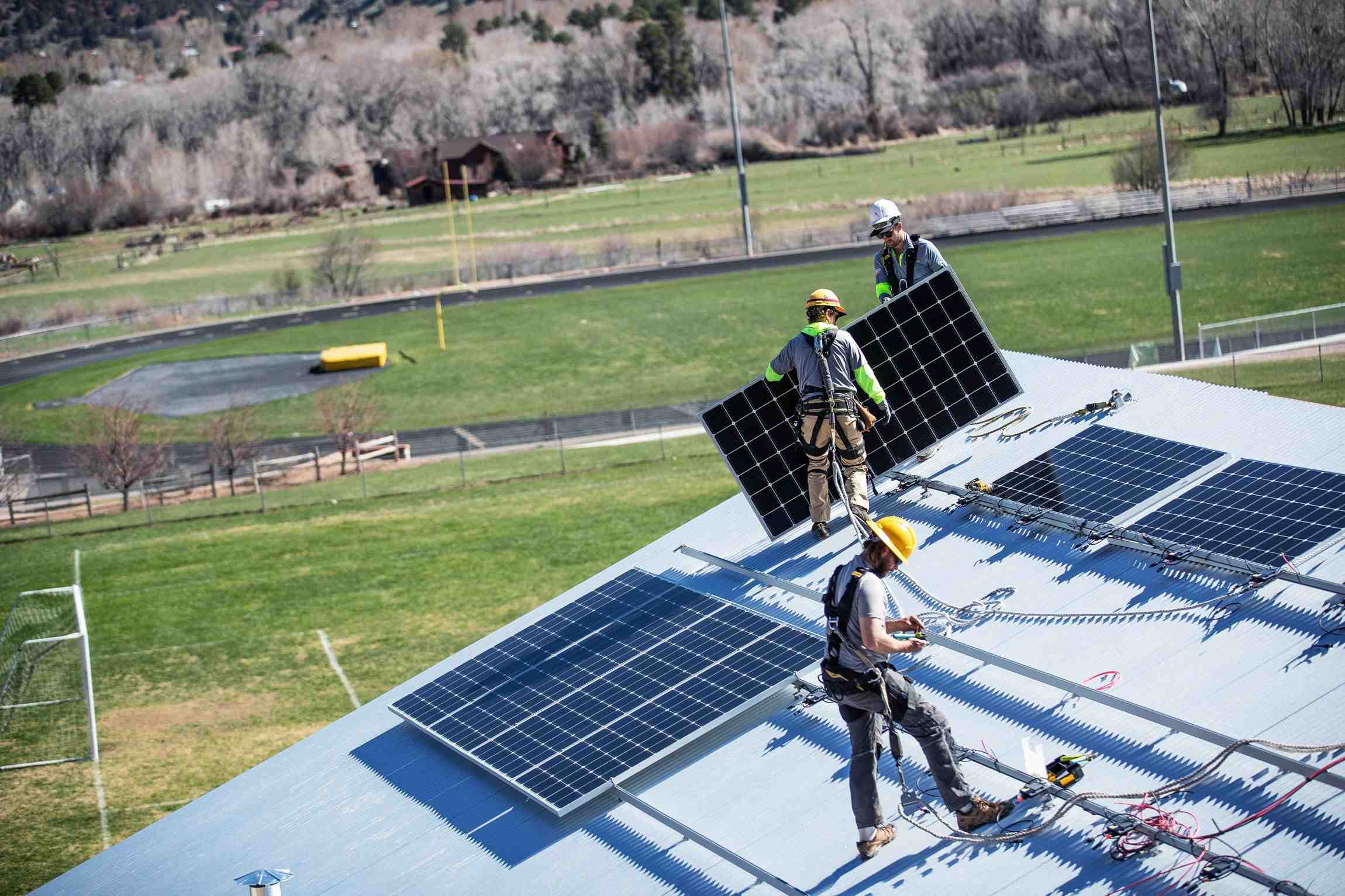
The conversion parity price is calculated by dividing the current value of the convertible security by the conversion ratio, which is the number of shares a convertible security can be converted into.
What does parity mean in finance? In international exchange, parity refers to the exchange rate between the currencies of two countries that makes the purchasing power of both currencies essentially equal. Theoretically, exchange rates of currencies can be set at a parity or par level and adjusted to maintain parity as economic conditions change.
What is market parity pricing?
A market parity price is a daily, calculated price that reflects the value of a specific grade of crude oil on a direct price basis at the market close.
What is meant by export parity pricing?
Export Parity Price (EPP) is defined as the price a producer receives or can expect to receive for his product/products when exported, equal to the freight-on-board price minus the cost of the product from the farm or factory to get to the factory. border or destination country.
What is price parity in retail?
Price parity is a pricing strategy intended to allow you to achieve the same price of a given product on two different platforms. For example, if you want to be present on both Amazon and Walmart, price parity will help you set the same price on both platforms.
What is the parity price formula?
Parity price is the market price of the convertible security divided by the conversion ratio (the number of shares of common stock received upon conversion).
What is percent of parity?
100 percent of parity Parity, as “prices received” divided by “prices paid”, is a ratio or percentage, where 100% sets the standard for an adequate, “normal” level of economic farm justice.
What is the meaning of parity price?
What is parity price? Parity price refers to a price level that puts two assets or securities at par.
What is price parity in retail?
Price parity is a pricing strategy intended to allow you to achieve the same price of a given product on two different platforms. For example, if you want to be present on both Amazon and Walmart, price parity will help you set the same price on both platforms.
What is percent of parity?
100 percent of parity Parity, as “prices received” divided by “prices paid”, is a ratio or percentage, where 100% sets the standard for an adequate, “normal” level of economic farm justice.
What is the parity ratio?
The parity ratio is a percentage relationship between the index of prices received and the index of prices paid.
What is price parity in retail?
Price parity is a pricing strategy intended to allow you to achieve the same price of a given product on two different platforms. For example, if you want to be present on both Amazon and Walmart, price parity will help you set the same price on both platforms.
What is parity in farming?
The parity ratio is the ratio of the prices received index to the prices paid index, with the base period from 1910 to 1914. A parity farm program would aim for the parity ratio to be 100 percent, which means that farm commodities, on average , maintain their purchasing power adjusted for inflation.
Can the US be 100 renewable?
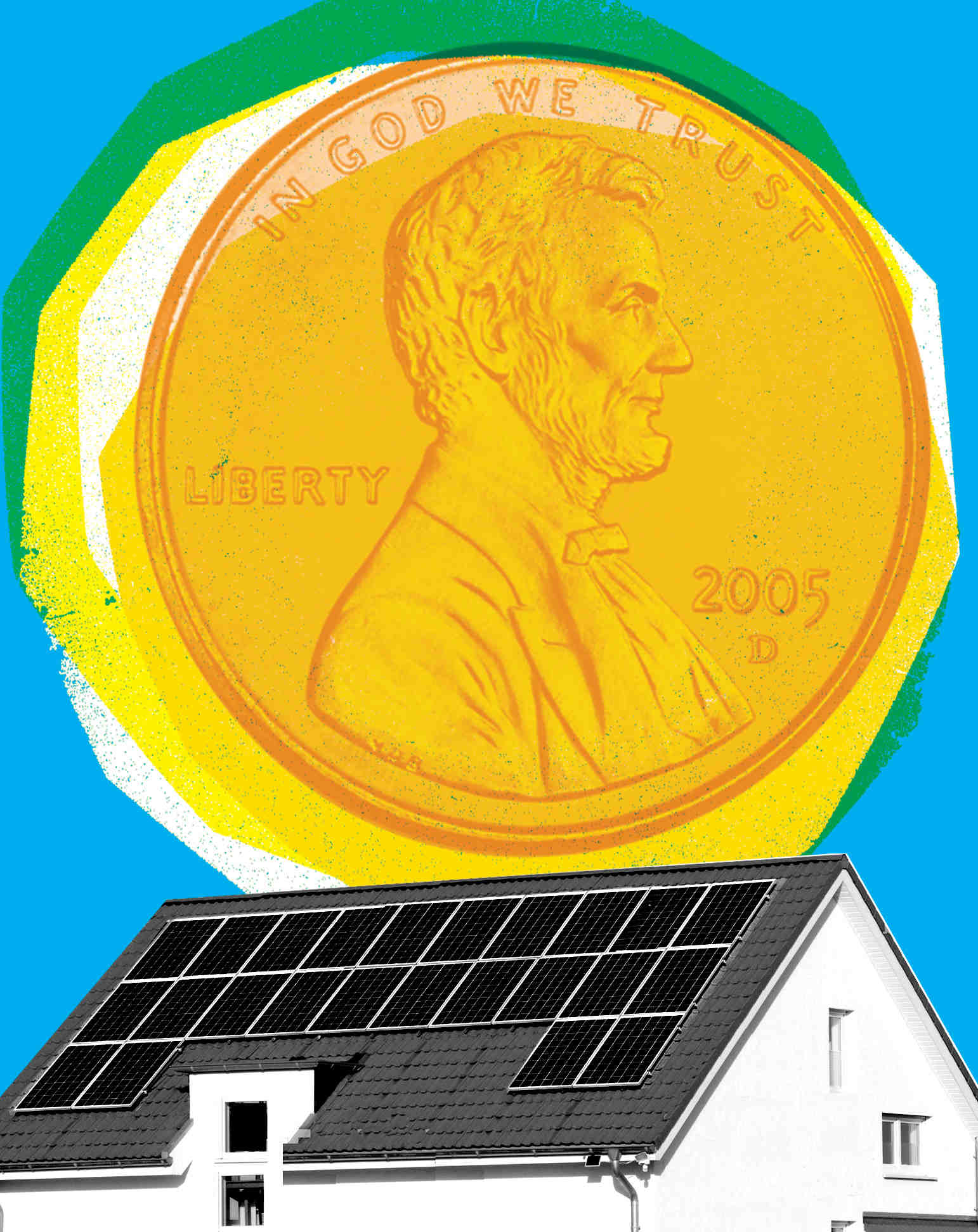
The US can get to 100% clean energy with wind, water, solar and nuclear energy, Stanford professor says. Stanford professor Mark Jacobson sees a way for the United States to meet its energy needs by 2050 with 100% wind, hydro and solar.
Is it possible to run the US on renewable energy? A new simulation highlights the stability of wind, solar and hydropower. Offshore wind could help the United States meet its renewable energy goals.
Can a city run on 100% renewable energy?
As the first city in the country to make such a leap, there is much we can learn from their experience as other cities follow their lead. Burlington Mayor Miro Weinberger told CDP, “Burlington, Vermont is proud to be the first city in the United States to get 100% of our power from renewable generation.
Can a city be powered by renewable energy?
The World’s Renewable Energy Cities Of the 620 global cities reporting to CDP, over 100 now get at least 70% of their electricity from renewable sources such as hydro, geothermal, solar and wind. We expect to see even more cities aiming for a clean energy future.
Which city is run entirely on green energy?
Burlington, Vermont Burlington is the only US city that reported to the CDP to achieve reliance on 100% renewable energy sources.
Can the world run entirely on renewable energy?
Certainly, renewable energy is the only energy system that is viable in the long term. Coal, petroleum and wood, which were the main sources of energy, are non-renewable resources. These resources are not long lasting. Fossil fuels have been a part of human life for a long time.
Is any country 100% renewable?
According to data compiled by the US Energy Information Administration, there are seven countries already at, or very close to, 100 percent renewable power: Iceland (100 percent), Paraguay (100), Costa Rica (99), Norway (98.5) , Austria (80), Brazil (75), and Denmark (69.4).
Can renewable energy 100% power the world?
If the world transitioned from fossil fuels, could we generate the energy needed to sustain the world on 100 percent renewable energy? According to a new report from LUT University in Finland and the Energy Watch Group, a German nonprofit, the answer is yes.
Which country is almost 100% run on renewable energy?
Iceland gets 100% of the electricity it needs from renewable energy sources. Iceland is somewhat unique because volcanic activity on the island provides a significant source of geothermal energy, which is used to provide about one quarter of the country’s electricity.
Which country has all renewable energy?
Norway is the largest clean energy producer, as 98.4% of its energy production comes from renewable sources. The data refer to 2020 and are provided by Enerdata, a consulting company that annually publishes a study on energy, production and consumption worldwide and their environmental impact.
Why don’t we just use solar power?
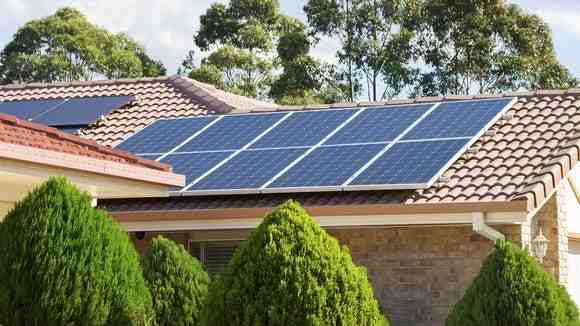
Why can’t we always use renewable energies? Why don’t we always use renewable energies? Unlike natural gas and coal, we cannot store wind and solar to use when we need to make more electricity. If the wind does not blow or the sun hides behind clouds, sometimes there is not enough power for everyone.
What happens if we only use solar energy?
If, for example, we instead produce all the annual electricity in the world with solar panels, CO2 emissions could be reduced to less than 1 billion tons. It would be a difference of 22 billion tons of carbon dioxide, which need not pollute the air or cause global warming.
Can the world be powered by solar alone?
With countries racing to end their reliance on the fossil fuels that cause climate change, it’s a boom time for renewable energy. Now an international team of researchers has found that if every available roof is equipped with solar panels, they can generate enough electricity to power the world.
What are 2 disadvantages to using solar energy?
Disadvantages of solar energy
- costs. The initial cost of buying a solar system is quite high. …
- Weather-dependent. Although solar energy can still be collected during cloudy and rainy days, the efficiency of the solar system decreases. …
- Solar energy storage is expensive. …
- Uses a lot of space. …
- Related to pollution.
What would happen if everyone went solar?
California alone could generate 74% of its electricity. Creative Commons Lic. A federal study revealed that if Americans installed solar panels on every roof it would provide 39% of the total power of the United States
Is solar energy expensive?
Yes, solar panels are expensive. With a typical 6 kW system costing an average of $17,700 before incentives, they are a home improvement that requires a significant financial investment.
What is the cheapest form of energy? And there is some very good news for the planet: Solar and wind power, on the scale that a large utility would deploy, are now the cheapest forms of power. They are slightly less expensive than natural gas-fired power plants and significantly cheaper than coal and nuclear.
Is solar energy cheaper than electricity?
The report follows the conclusion of the International Energy Agency (IEA) in its World Energy Outlook 2020 that solar energy is now the cheapest electricity in history. The technology is cheaper than coal and gas in most major countries, the outlook found.
What are the 2 main disadvantages of solar energy?
Disadvantages of solar energy
- costs. The initial cost of buying a solar system is quite high. …
- Weather-dependent. Although solar energy can still be collected during cloudy and rainy days, the efficiency of the solar system decreases. …
- Solar energy storage is expensive. …
- Uses a lot of space. …
- Related to pollution.
Does solar energy actually save money?
In addition to the federal tax credit, solar panels increase property values while lowering utility bills. Compared to gas or electric heating systems, solar panels save you much more in the long run. Your solar panel system can pay for itself in three years!
Is solar energy the cheapest energy?
Solar energy is now the “cheapest energy in history.” This is according to a report by the International Energy Agency. The IEA says new utility-scale solar projects now cost an average of about $40 per megawatt hour. That’s about half the price of coal and natural gas projects.
What are the 2 main disadvantages to solar energy?
Disadvantages of solar energy
- costs. The initial cost of buying a solar system is quite high. …
- Weather-dependent. Although solar energy can still be collected during cloudy and rainy days, the efficiency of the solar system decreases. …
- Solar energy storage is expensive. …
- Uses a lot of space. …
- Related to pollution.
What is the main disadvantage of solar energy?
Installing solar energy comes with some disadvantages, such as high upfront costs, they require a lot of space, and you can’t take them with you when you decide to move. Generally, installing solar panels is a great investment for homeowners.
What are the 2 advantages and 2 limitations of solar energy?
| Advantages of solar energy | Disadvantages of solar energy |
|---|---|
| Reduced electricity bills | High initial cost |
| Provides tax incentives | Time consuming |
| Pair with solar battery storage | Weather dependent |
| Environmentally friendly | Strict criteria |
What are 2 main advantages of using solar energy?
Solar energy is pollution-free and does not cause greenhouse gases after installation. Reduce dependence on foreign oil and fossil fuels. Renewable clean power that is available every day of the year, even cloudy days produce power. Return on investment as opposed to paying utility bills.
Why is solar energy more expensive?
Most solar cells are made from silicon – the same semiconductor material that is at the heart of computers. The cells are expensive to produce because it takes a lot of energy to purify the silicon.
Is solar energy the most expensive?
When it comes to the cost of energy from new power plants, onshore wind and solar are now the cheapest sources – costing less than gas, geothermal, coal or nuclear.
Is solar more expensive than electric?
Although solar energy requires an initial investment to purchase and set up, people find that solar energy is much less expensive than electric power in the long run due to the rising price of electricity.
Is solar energy expensive to produce?
At $0.03 per kilowatt-hour, electricity from utility-scale photovoltaic solar energy would be among the least expensive options for new power generation and it would be below the cost of most fossil fuel-powered generators, contributing to greater energy affordability.

